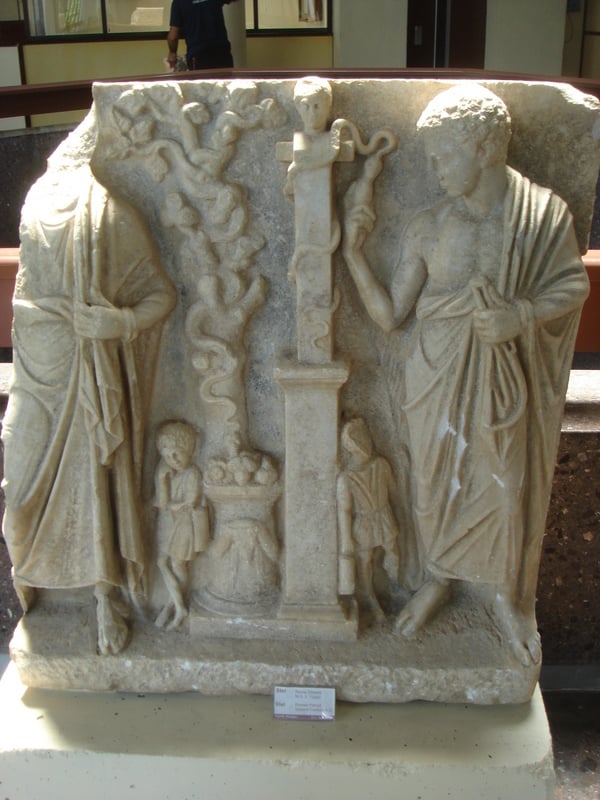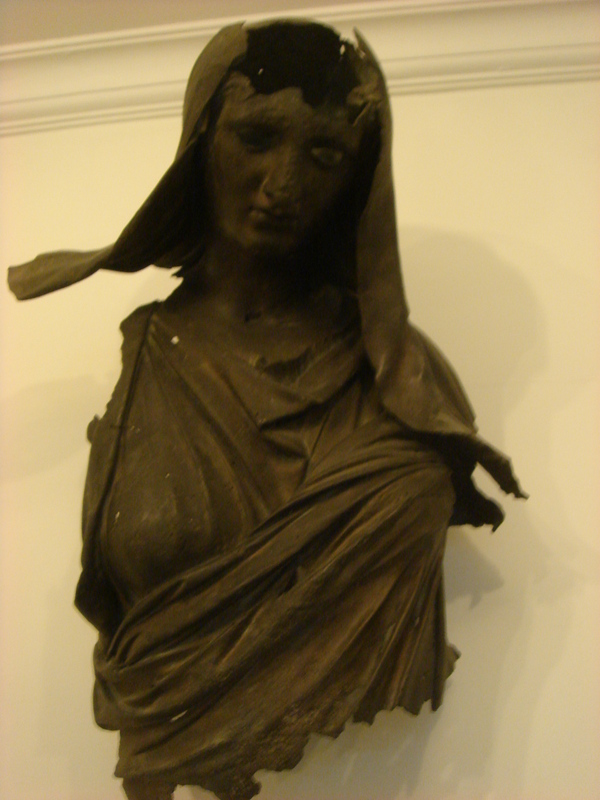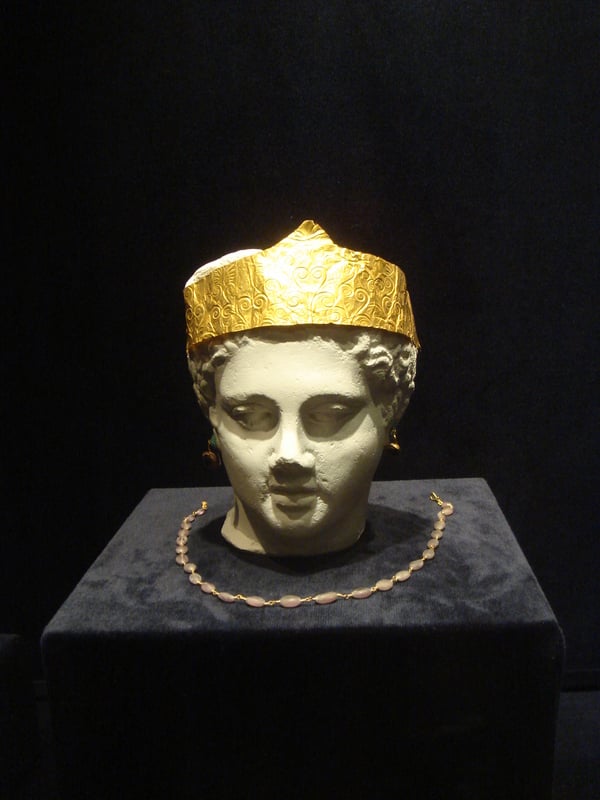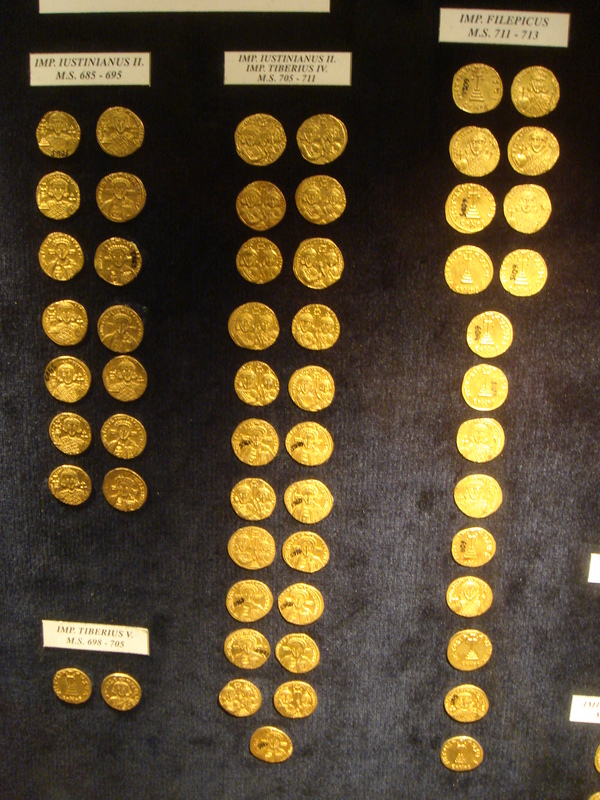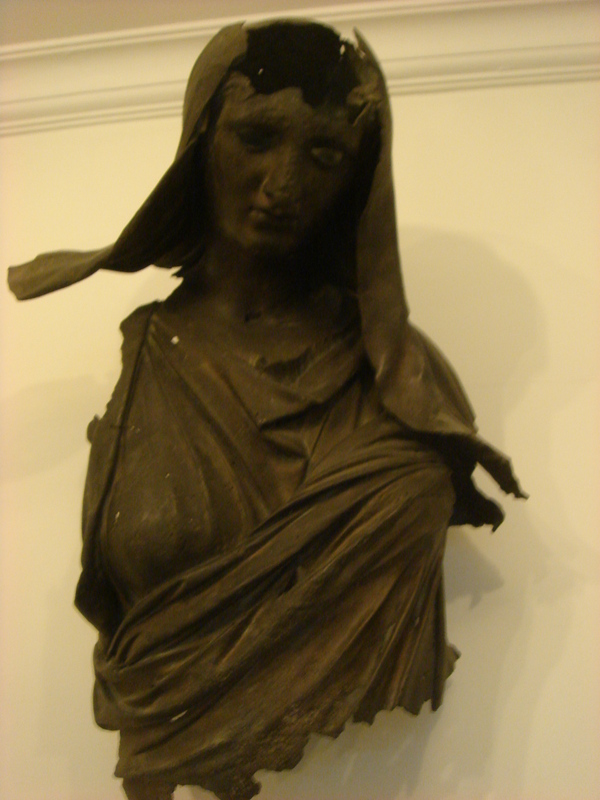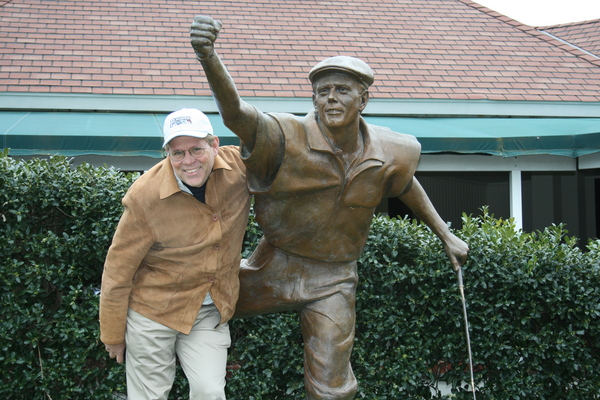One of the less well known museums in all of Turkiye (yes that’s the right spelling) is the one in the home city of the famous second century Christian and martyr Polycarp. This museum is full of things found in the agora and elsewhere in Izmir, and it is especially helpful in creating a mental picture of the world into which Paul and the Beloved Disciple did their evangelistic work.
The skill of ancient artisans was considerable as you can see from this gold crown recovered in Izmir. Our best estimates suggest that about 2 per cent of the population controlled well over 90% of the wealth in that age. ‘Plus change, plus le meme chose’.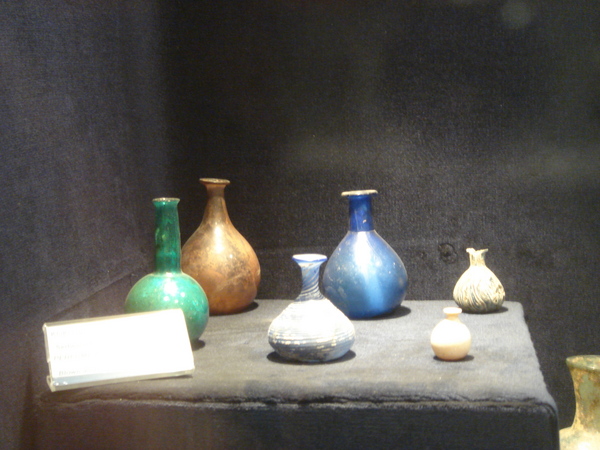
Here is some of the remarkable glassware found in the agora and elsewhere— some of it intact for the last 2,000 years. Glassware was especially used for storing precious oils, unguents, and perfumes. There were even the ancient equivalents of deodorant sticks. One would wear a little perfume bottle around one’s neck and ‘freshen up’ from time to time. See below.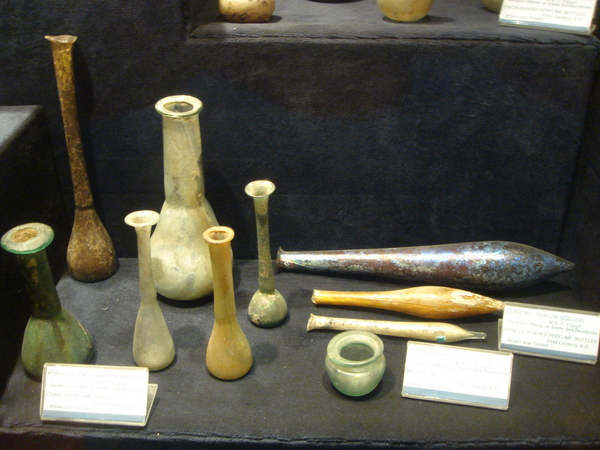
The pistic nard mentioned in the Gospels as poured out on Jesus’ feet or head by Mary of Bethany was the ancient equivalent of Chanel No. 5. It was a very expensive perfume, which explains the outrage of Judas to some degree.
And of course all such items cost money, and above what you see is some of the imperial gold coins from the later Roman Emperors. The province of Asia was very wealthy, and the Romans were smart enough not to tax the region to death. It is no wonder the residents of Asia believed in a Gospel of health and wealth, of peace and prosperity, all of a material sort.
No wonder the goddess Demeter looks so worried in this statue. Many of the ancients, like many modern American Christians seemed willing to sell their souls for the Gospel of material abundance here and now.
